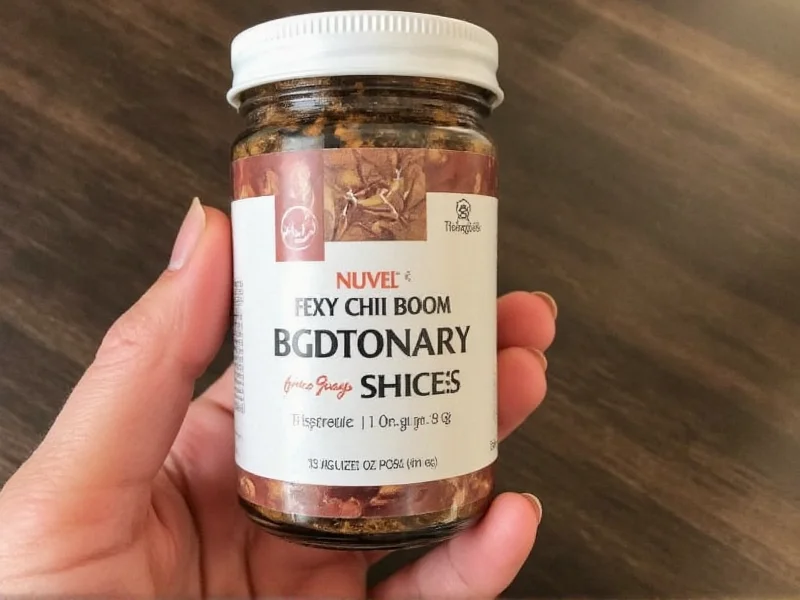Understanding Spice “Expiration” Dates
When you see an “expiration date” on your spice containers, it's actually a “best by” or “use by” date indicating peak quality, not safety. Unlike perishable foods that can become dangerous after their expiration, spices don't spoil in the traditional sense. They're dried products with very low moisture content, making them inhospitable to bacteria and mold.
The primary concern with aged spices is flavor degradation rather than food safety. As spices age, they lose their essential oils and volatile compounds that give them their distinctive aromas and tastes. This means your curry might lack depth or your cinnamon rolls might not have that signature warmth – but they won't make you sick.
How Long Spices Last After “Expiration”
While “best by” dates provide a general guideline, the actual shelf life of spices depends significantly on storage conditions and whether they're ground or whole. Whole spices maintain their potency much longer than ground varieties because they have less surface area exposed to air and light.
| Spice Type | Unopened Shelf Life | After “Best By” Date (Properly Stored) | Maximum Quality Period |
|---|---|---|---|
| Ground Spices | 3-4 years | 2-3 years | 6-12 months after opening |
| Whole Spices | 4-5 years | 3-4 years | 2-4 years after opening |
| Dried Herbs | 1-3 years | 1-3 years | 6-12 months after opening |
| Spice Blends | 2-3 years | 1-2 years | 6-12 months after opening |
| Salt & Sugar | Indefinite | Indefinite | Indefinite (though iodized salt loses potency) |
How to Tell If Spices Are Still Good
Don't rely solely on dates – use your senses to determine if spices are still worth using. Here's how to assess your spices' condition:
The Visual Check
Fade in color often indicates flavor loss. Vibrant red paprika that's turned dull brown, bright green basil that's become olive-colored, or deep yellow turmeric that's lightened significantly have likely lost much of their potency. Check for any signs of moisture, clumping (except for intentionally blended mixes), or mold.
The Smell Test
This is the most reliable indicator. Open the container and take a deep sniff. Fresh spices should have a strong, distinctive aroma. If you have to search for the scent or barely detect anything, the spice has lost most of its essential oils. Compare older spices to newer ones of the same type to notice the difference in intensity.
The Taste Test
For spices you use regularly, perform a small taste test. A pinch of cinnamon, cumin, or chili powder should deliver immediate flavor. If it tastes flat, dusty, or barely registers, it's past its prime. Remember to use a clean spoon to avoid contaminating your entire supply.
Maximizing Your Spice Shelf Life
Proper storage dramatically extends how long spices remain flavorful after their printed date. Follow these evidence-based storage practices to get the most from your spice collection:
Choose the Right Containers
Transfer spices from flimsy store packaging to airtight containers as soon as possible. Glass jars with tight-sealing lids work best, though high-quality food-grade plastic containers also suffice. Avoid clear containers – opaque or dark glass protects spices from light exposure, which accelerates flavor degradation.
Control Your Environment
Store spices in a cool, dark cupboard away from heat sources like your stove, oven, or dishwasher. Temperature fluctuations and humidity are spice killers. The ideal storage temperature is below 70°F (21°C). Never store spices above your stove or in cabinet next to your dishwasher – the heat and moisture will destroy their potency within months.
Minimize Air Exposure
Every time you open a spice container, you introduce oxygen that degrades flavor compounds. Use small containers that fill up completely rather than large jars that stay mostly empty. When measuring spices, avoid shaking them directly over steaming pots – the moisture will contaminate your entire supply.
When to Definitely Discard Spices
While spices rarely become unsafe, certain conditions warrant immediate disposal:
- Visible mold growth – discard the entire container immediately
- Moisture or clumping that wasn't present when purchased
- Off odors like mustiness, sourness, or anything other than the spice's natural aroma
- Signs of pantry pests like weevils or moths
For individuals with compromised immune systems or serving vulnerable populations, consider replacing spices more frequently. While the risk is minimal, maximizing flavor potency ensures dishes deliver both taste and potential health benefits from active compounds that degrade over time.
Reviving Old Spices
If your spices have lost some potency but show no signs of spoilage, try these methods to maximize what remains:
- Toast whole spices in a dry pan over medium heat for 1-2 minutes to release remaining oils
- Grind spices just before use rather than using pre-ground varieties
- Increase quantities slightly in recipes (by 25-50%) to compensate for flavor loss
- Combine with fresh ingredients – pair older dried herbs with fresh versions for enhanced flavor
Practical Spice Management Tips
Implement these strategies to maintain a vibrant, effective spice collection:
- Buy whole when possible – maintain a small coffee grinder dedicated to spices for on-demand grinding
- Write purchase dates on containers with a permanent marker
- Organize by purchase date using the “first in, first out” method
- Store in consistent conditions – avoid moving spices between pantry and refrigerator
- Buy in smaller quantities from bulk bins if you use spices infrequently











 浙公网安备
33010002000092号
浙公网安备
33010002000092号 浙B2-20120091-4
浙B2-20120091-4